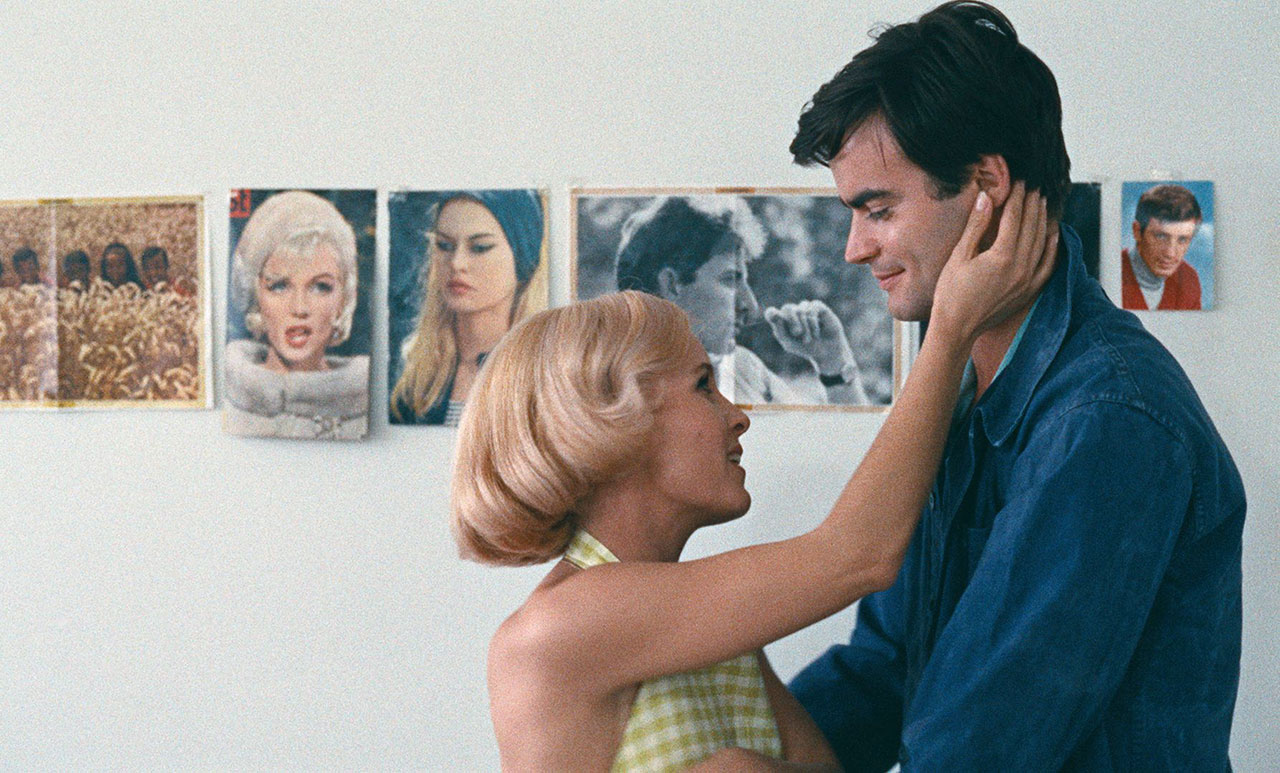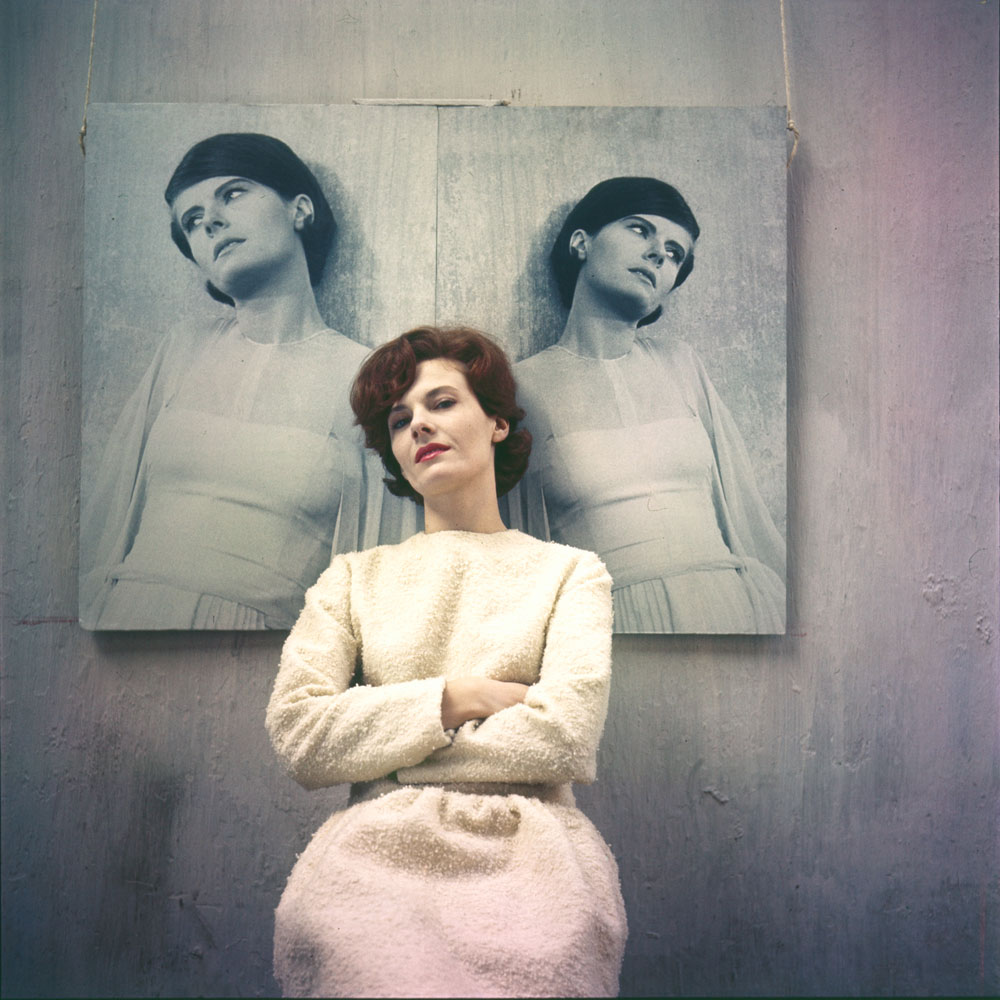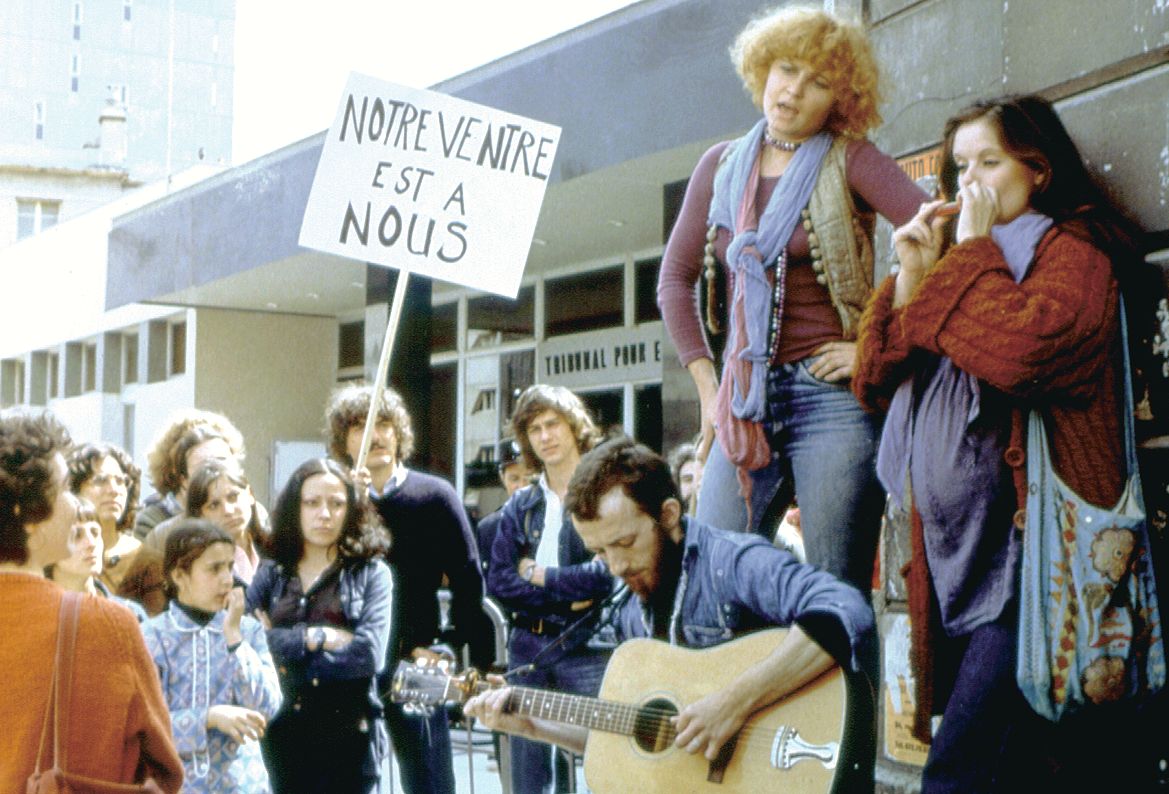PRESENTATION: Agnes Varda-Photograph, Film, Recycle, Part II
 Agnes Varda was a photographer, artist and filmmaker, and a pioneer of the Nouvelle Vague, the French new wave; a bold, original artist who experimented with art’s multiple supports and languages. Agnes Varda was one of the few women directors of her generation who was able to consolidate a long-term career. A precursor of the Nouvelle Vague film movement, Varda broke with norms and cliches, aiming always to bring a new approach. She made over 40 films, including features and shorts, fiction and documentary, and embracing both analogue and digital cinema (Part I).
Agnes Varda was a photographer, artist and filmmaker, and a pioneer of the Nouvelle Vague, the French new wave; a bold, original artist who experimented with art’s multiple supports and languages. Agnes Varda was one of the few women directors of her generation who was able to consolidate a long-term career. A precursor of the Nouvelle Vague film movement, Varda broke with norms and cliches, aiming always to bring a new approach. She made over 40 films, including features and shorts, fiction and documentary, and embracing both analogue and digital cinema (Part I).
By Dimitris Lempesis
Photo: CCCB Archive
The exhibition “Photograph, Film, Recycle”, traces the life, work and fascinating stories of Agnes Varda, a free, modern creator who was committed to her political and social environment. The exhibition is an extended adaptation of “Viva Varda!”, devised and produced by the Cinematheque franc;aise in Paris in collaboration with Cine-Tamaris and with the kind contributions of Rosalie Varda and Mathieu Demy. At the CCCB, in addition to material from the original exhibition, there are four installations created by Agnes Varda, screening rooms to see the complete documentary footage of her filmography and an unprecedented photo reportage of her trip to Catalonia in 1955, and materials documenting the relationship between Catalan artists and the filmmaker’s work. This exhibition celebrates the talent and career of an artist who experimented with art’s multiple supports and languages. Before becoming a filmmaker, Varda was a photographer and portraitist, and, when she was older, she created art installations for museums. The exhibition presents, for the first time in Catalonia, four installations by Varda, along with a selection of essential short films from her filmography, which can be viewed in projection rooms in the exhibition space. The exhibition also presents the fascinating life of Agnes Varda, marked by a long career making films with few resources and little recognition, and by her travels, her children, her friendships and her various relationships. Varda was active in the social and political effervescence of her time: feminism, the hippie movement and the struggles of the Black Panthers. She moved both with famous artists and actors and anonymous people on the fringes, who she set out to represent and honour in her films. The sections of the exhibition are: FROM HERE AND THERE: VARDA AND IMAGES Agnes Varda began as a photographer at the age of 22 and never stopped being one. In the 1960s she devoted herself to cinema and, in the last 20 years of her life, to artistic installations, too. As a photographer, filmmaker, she was always interested in others, at the same time drawing her own self-portrait. Varda never ceased to renew the representations she made of herself and in later decades she even featured in her own films. For Varda, self-portrait was a form of self-knowledge and also a playful exercise that, with her characteristic humour, pushed her to go in front of the camera and dress up. Varda also photographed the theatre world, her neighbours, her family and her travels. She portrayed the famous and the anonymous, always experimenting with image. This first section presents a selection of Varda’s photographs, some practically never before shown, including portraits of friends and artists and self-portraits, as well as the unpublished series of photos of her trip to Catalonia in 1955, during which she took a portrait of Dalf. It also includes her installation “Ulysse” (2012). CINECRITURE: THE INVENTION OF A STYLE: With no prior film experience, and aged just 26 years old, Agnes Varda made her first film, “La Pointe Courte” (1954), a piece of narrative and formal research that foreshadowed concepts and practices of the Nouvelle Vague. Varda always brought rigour to the cinematic form, but also a freedom that allowed her not to submit to predefined styles. An inventor of her own rules, always drawn by the desire to experiment, Varda redefined her style by adapting it to the needs of each project, constantly examining narrative forms and diluting the limits between documentary and fiction. Agnes Varda created a word to define the work of auteur film direction, in which the filmmaker participates in the entire process of creating the film, from writing the script to editing: cinecriture, or cinewriting. In this second section, visitors can view Varda’s short films “L’Opera-Mouffe” and “7 P., cuis., s. de b… (a saisir)” in their entirety, and discover key films in her body of work, such as “La Pointe Courte”, “Cleo de 5 a 7” and “Sans toit ni loi”. The work of Catalan cartoonist Isa Feu, influenced by the artist, is also included.
VARDA’s 7 FAMILIES: Agnes Varda chose very unconventional sentimental, conjugal and family life options, and her own production company, Cine-Tamaris, guaranteed her freedom to explore a wide range of tones and registers in her work. Cine-Tamaris and other spheres of her life were the author’s families, including the theatre world, the Nouvelle Vague and the Groupe Rive Gauche, actors and actresses, her life partner Jacques Demy, the art world, her children, whom she portrayed and made part of her creations, and even cats. Varda moved with such different personalities as the sculptor Valentine Schlegel, her romantic partner, who introduced her to the world of art; the actor and director Jean Vilar, a key figure in French theatre; the artist Alexander Calder, a friend and neighbour in Rue Daguerre; the filmmakers Chris Marker, Alain Resnais, Jean-Luc Godard, Franc;ois Truffaut, Eric Rohmer, Claude Chabrol and Jacques Rivette; and actresses such as Catherine Deneuve, Delphine Seyrig and Jane Birkin. This third section presents the youth and the Greek origins of Agnes Varda, her relationship with theatre, the Nouvelle Vague, Jacques Demy, actors and actresses, children, the world of art and cats. This section also includes Varda’s installation “Le Tombeau de Zgougou” (2006) and the possibility of viewing the short “Oncle Yanco” in its entirety, and excerpts from her banned feature film “Nausicaa”. AGNES VARDA & TRAVELS: AN ITINERANT COMMITMENT: As an artist, with her travels around the world, Varda witnessed social changes, revolutions and protest movements, as well as the marginalization generated by inequalities. Her films of the 60s and 70s reflect the political and aesthetic effervescence of the time: the Cuban revolution, in “Salut /es Cubains” (1964); the African-American movement for civil rights, in Black Panthers (1968); and the sexual freedom associated with the hippy movement, in “Lions Love (… and Lies)” (1969). In the early 80s, Varda explored life on the fringes through Los Angeles mural paintings in “Mur Murs” (1981). Later, she returned to this issue in France, in “Les Glaneurs et la Glaneuse” (2000), in which she addresses excessive consumerism and waste, in contrast with the lack of resources of people in precarious conditions. Varda’s gaze, always directed at others and on the same level, is inseparable from her constant aesthetic renewal. The fourth section shows Varda’s travels to Mao Zedong’s China and Fidel Castro’s Cuba, to the Los Angeles of countercultural explosion and urban murals, and her travels around France portraying gleaners or with the photographer and urban artist JR. Visitors can also see the shorts “Salut /es Cubains”, “Black Panthers” and “Plaisir d’amour en Iran” in their entirety, as well as an excerpt from “Ou en etes-vous, lsaki Lacuesta?”, a tribute to Varda’s “Salut /es Cubains”. FREE, FEMINIST AND JOYFUL: “Sometimes, people ask me if I’m still feminist, as though it were an illness”, said Agnes Varda in 2017. Forty years previously, she had directed “L’une chante, l’autre pas”, her feature film most openly committed to women’s rights. It tells of a friendship between two women and the struggle for the right to abortion, as well as showing the joy of motherhood and pregnancy that she knew. Varda’s feminism manifested itself in her economic independence, created with the production company Cine-Tamaris in 1954, and became stronger in the United States and through friendships. On numerous occasions she made statements about the position of women in the world of cinema, and her own due recognition was slow to come. Varda’s feminist sensibility shone in her new takes on stories and characters, offering an image of the woman and the couple far removed from what she termed “collective cliches”. Agnes Varda has left her mark on many directors who are very much aware of these new representations and the deep respect with which she approached people to bear witness to the human experience. Section five presents images of the feminist Varda and includes her installation “Les Veuves de Noirmoutier” (2005). The exhibition closes with Varda Island. This space shows pieces inspired by Varda that form part of the “Archipelago” project of the International Women’s Film Festival, which every year invites filmmakers, cinephiles, critics and visual artists to pay tribute to filmmakers who inspire them.
Photo: Still from Les Glaneurs et la Glaneuse, © 1999 cine-tamaris
Info: Curator: Florence Tissot, Artistic Director: Rosalie Varda, Advisor for the exhibition: Imma Merino, CCCB (Centre de Cultura Contemporània de Barcelona), Montalegre 5, Barcelona, Spain, Duration: 18/7-8/12/2024, Days & Hours: Tue-Sun 11:00-20:00, www.cccb.org/
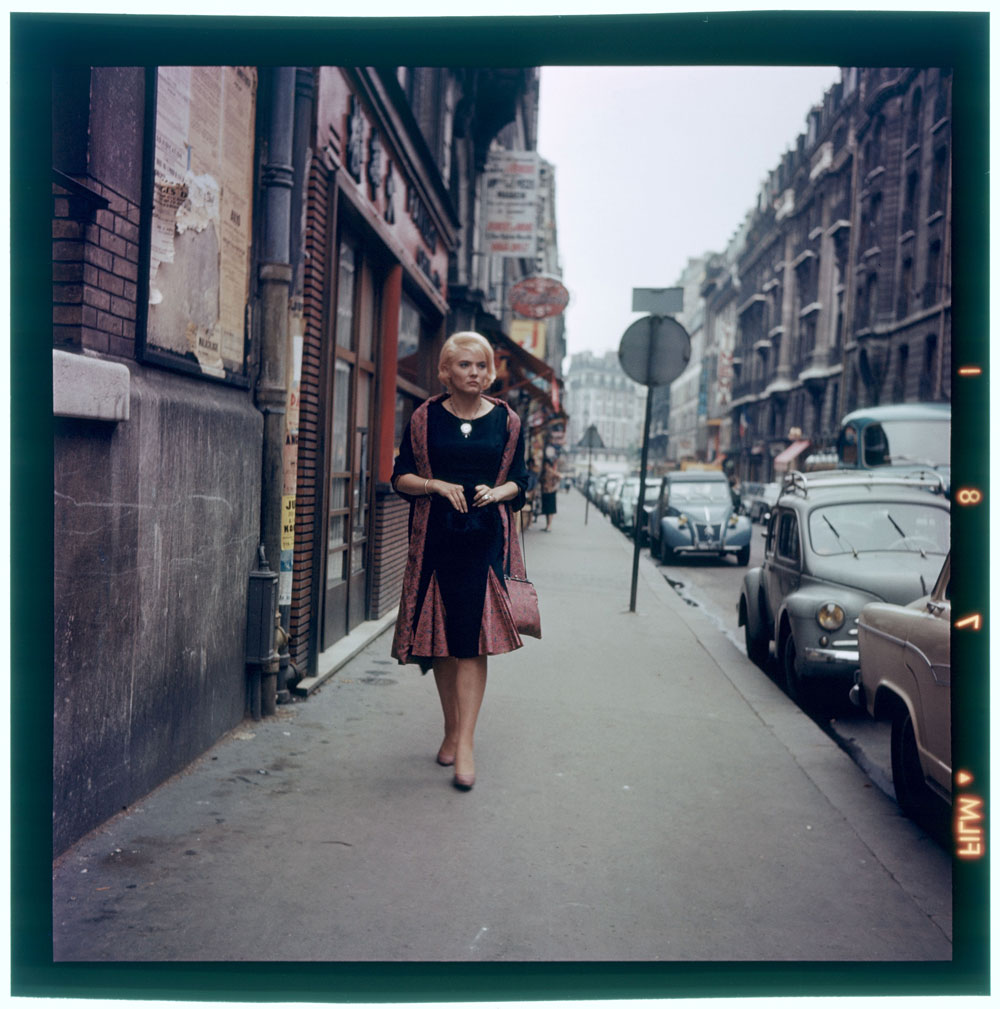
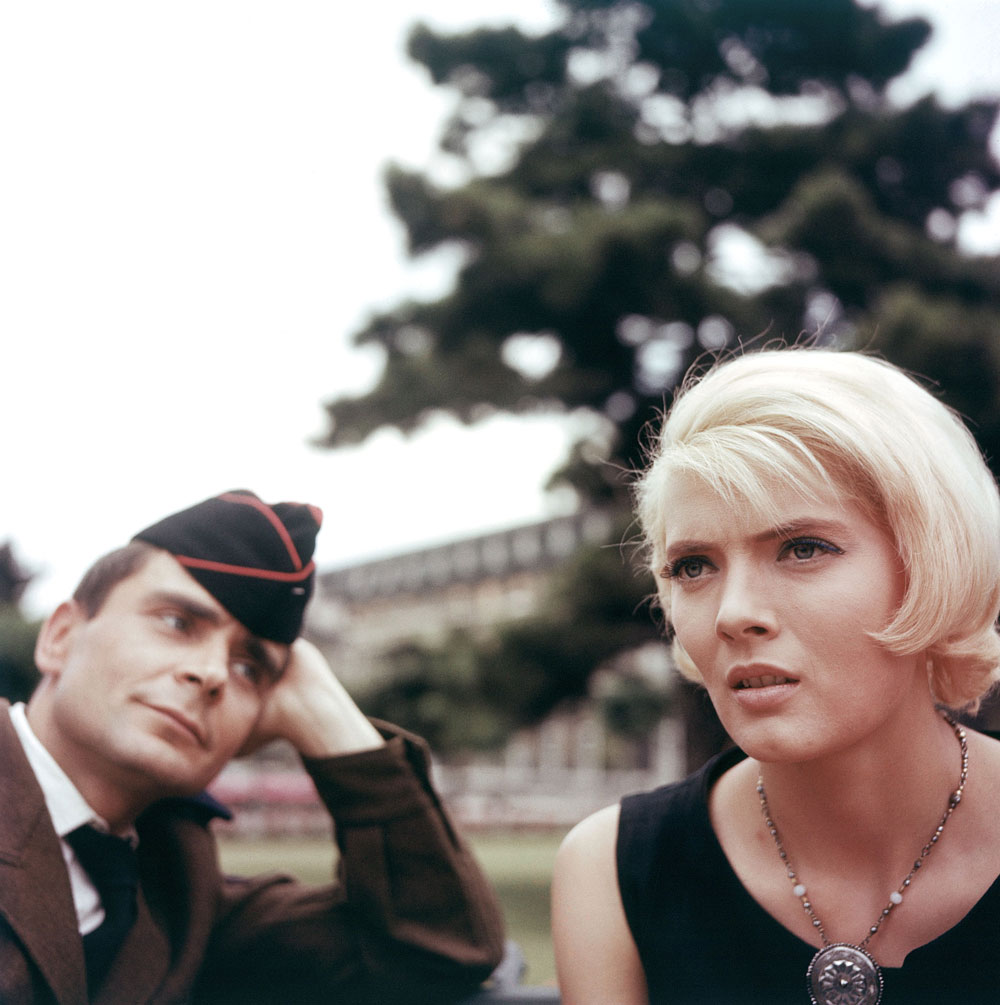
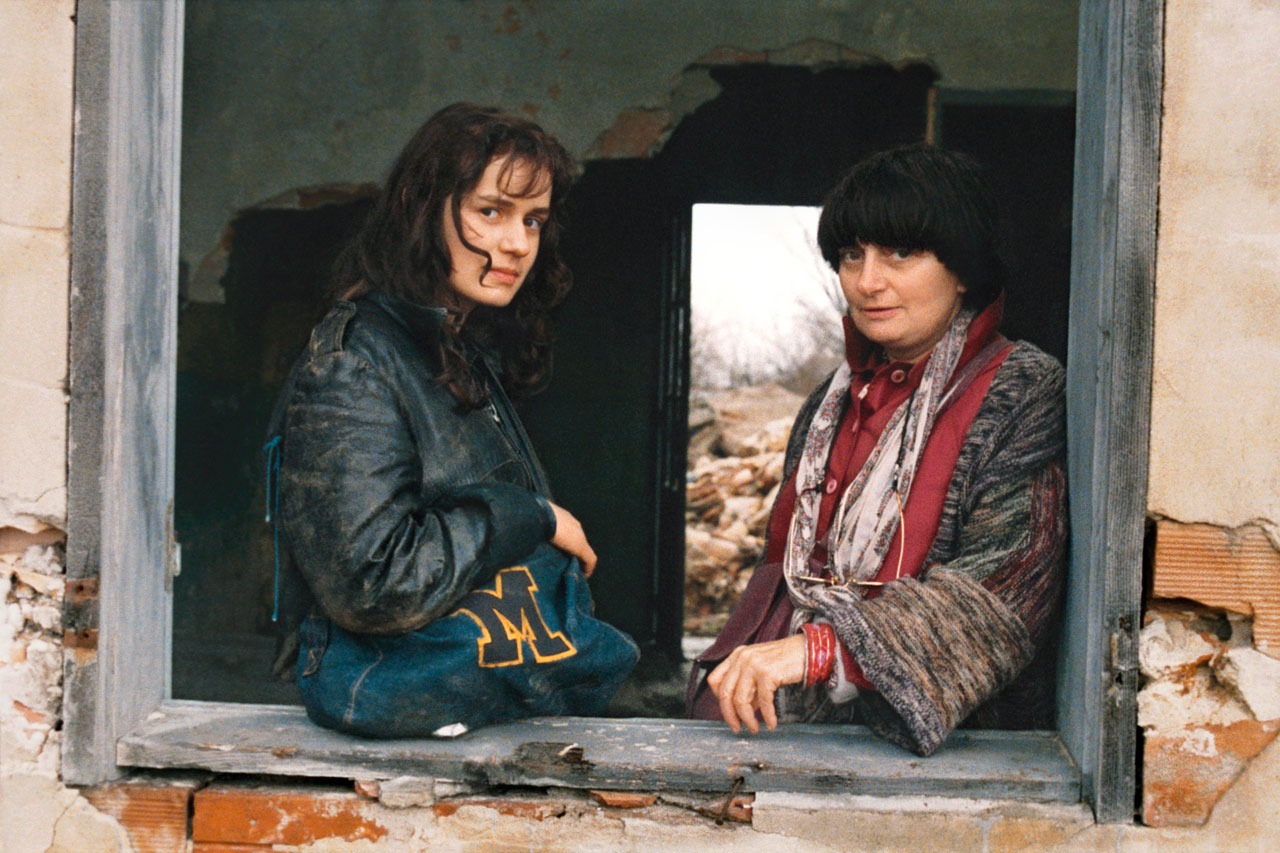
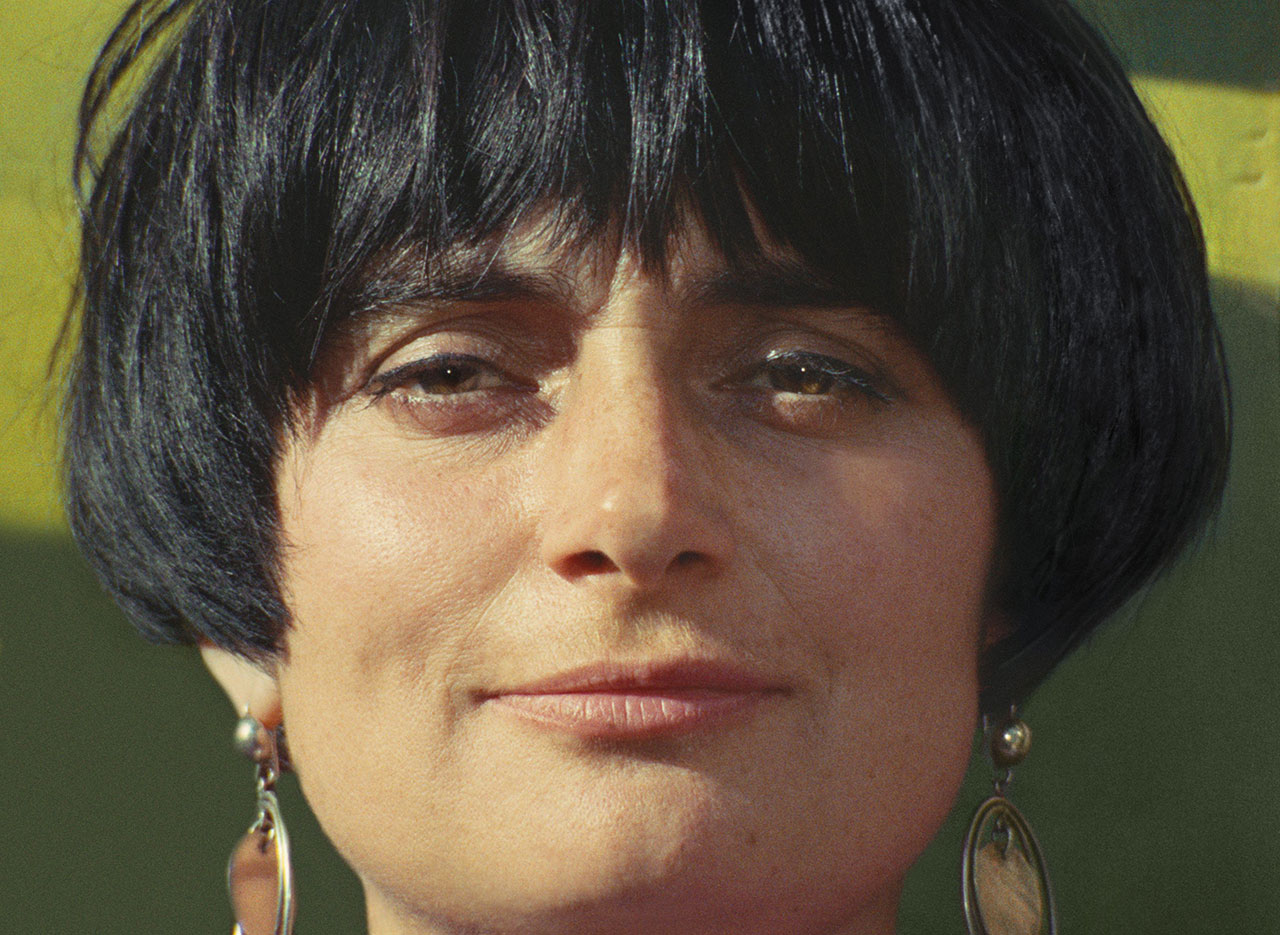
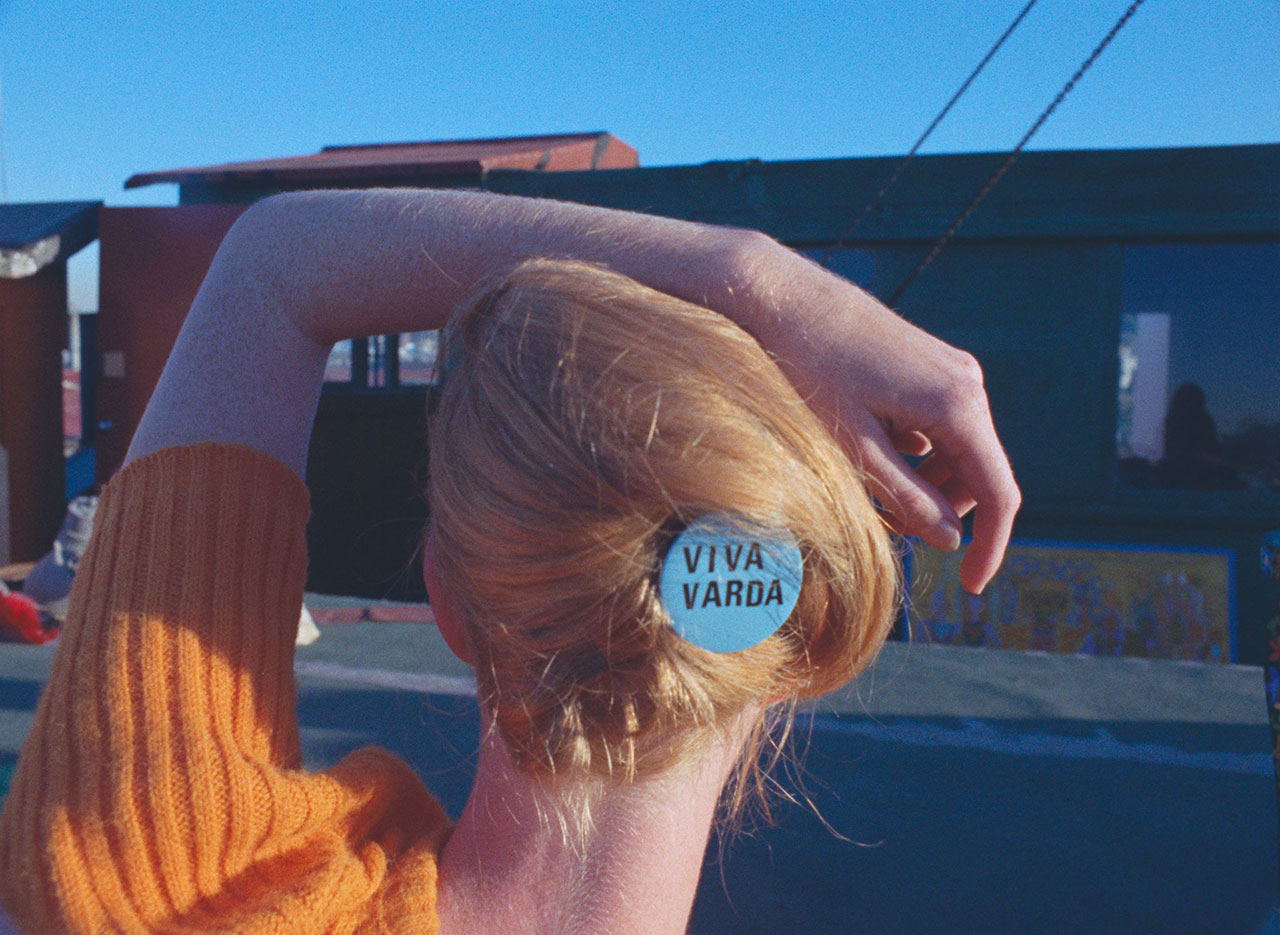
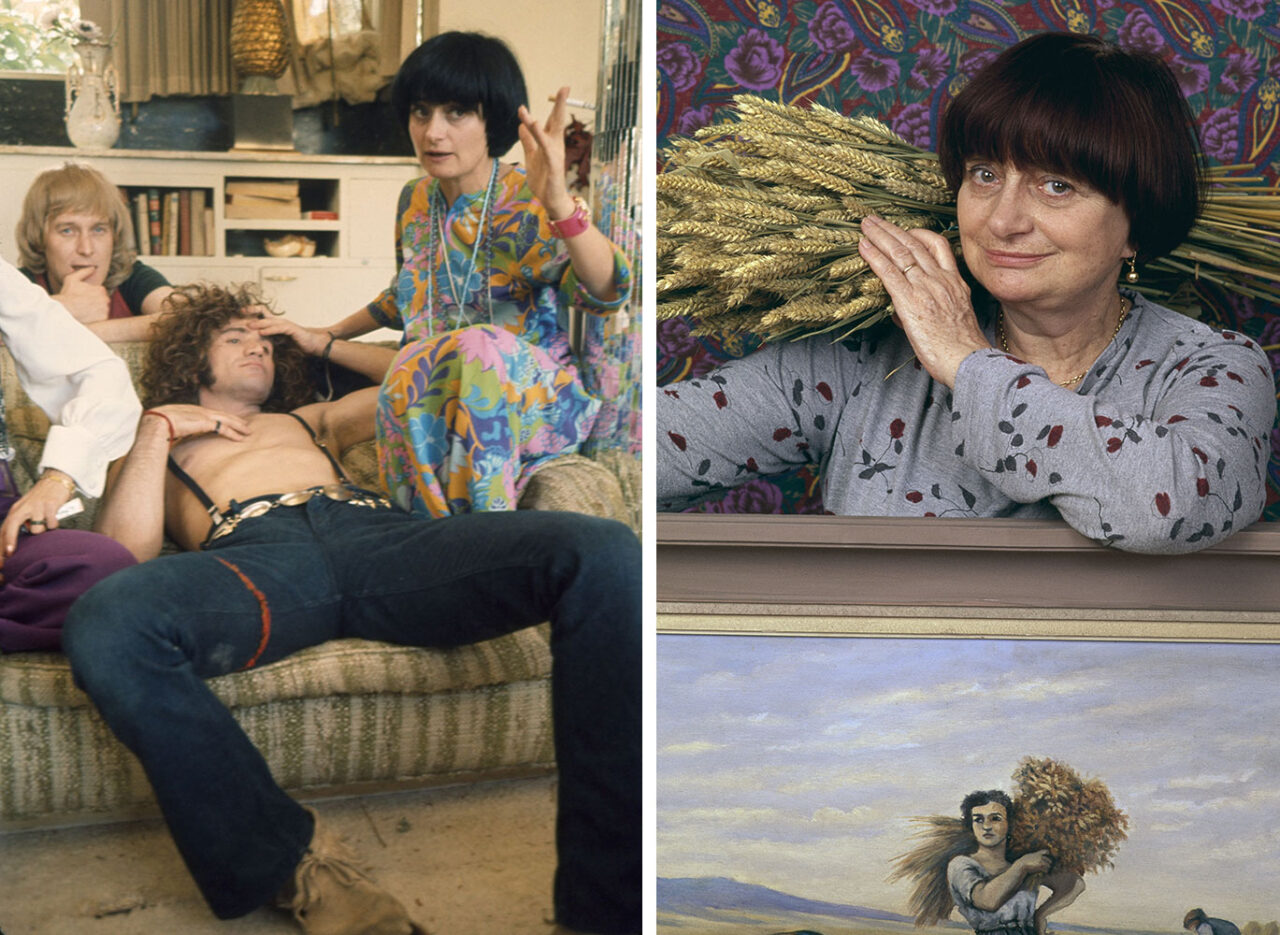
Right: Agnes Varda on the set of the film Les Glaneurs et la Glaneuse, ©1999 cine-tamaris, Photo: Didier Doussin

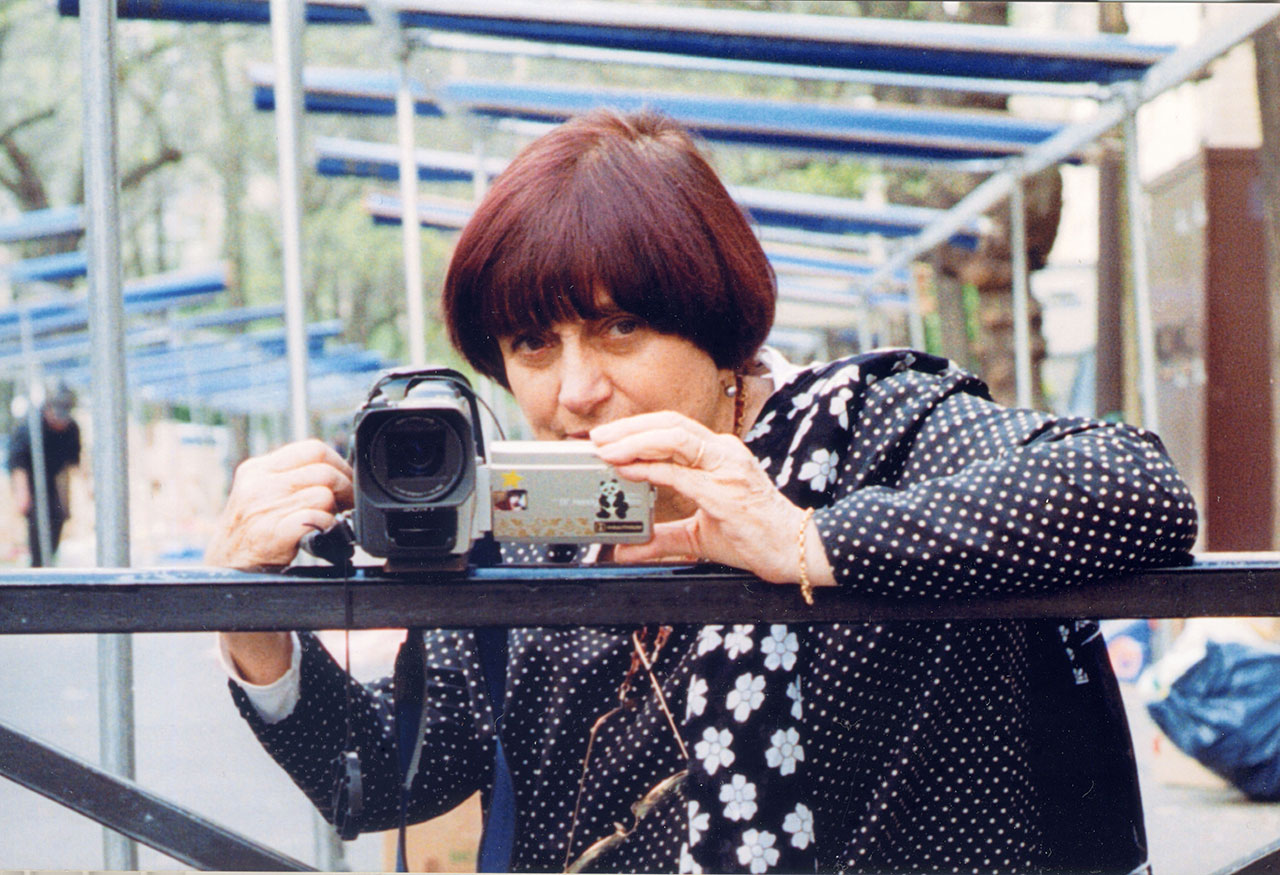
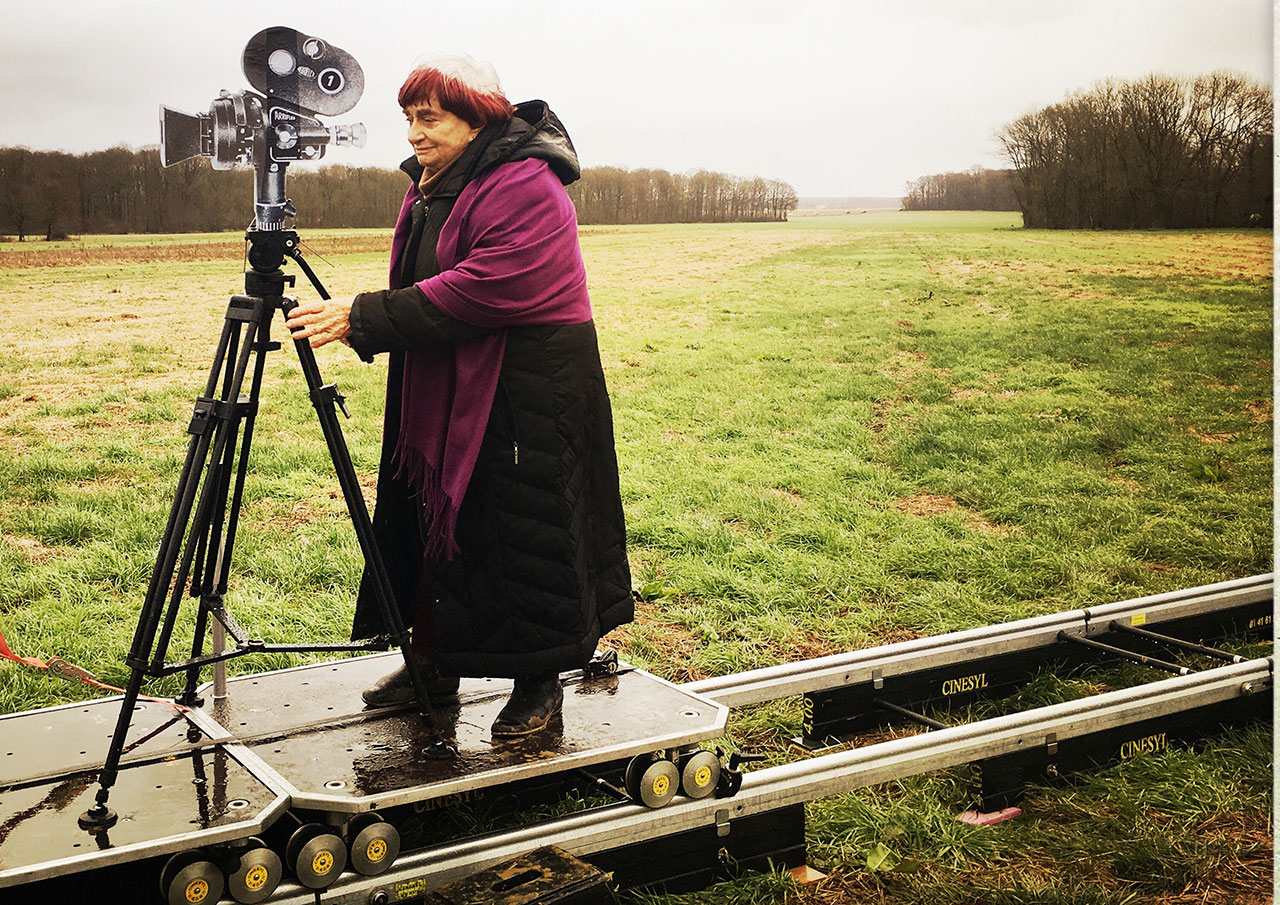
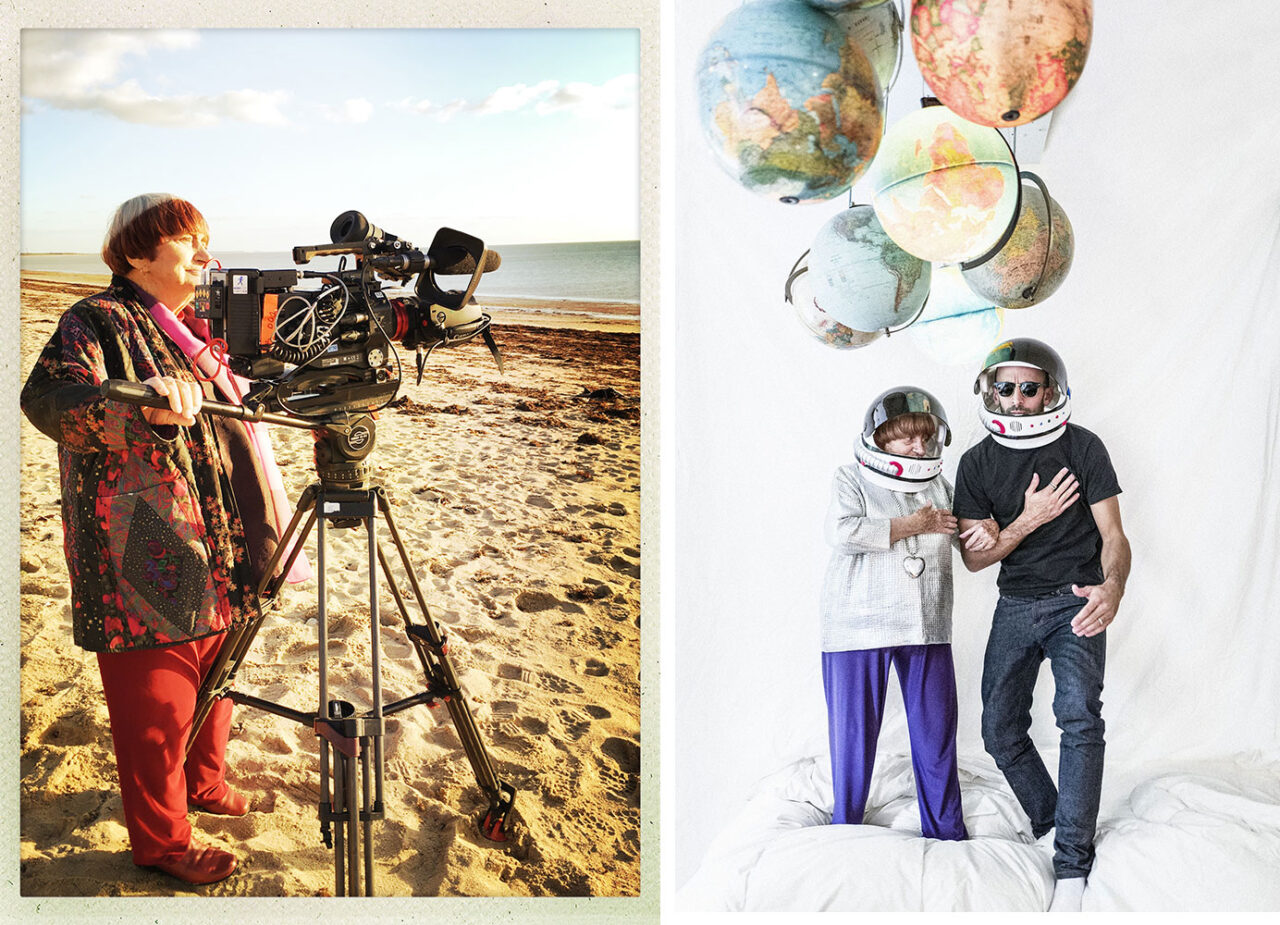
Right: Agnes Varda and JR, © 2019 cine-tamaris – Social animals
